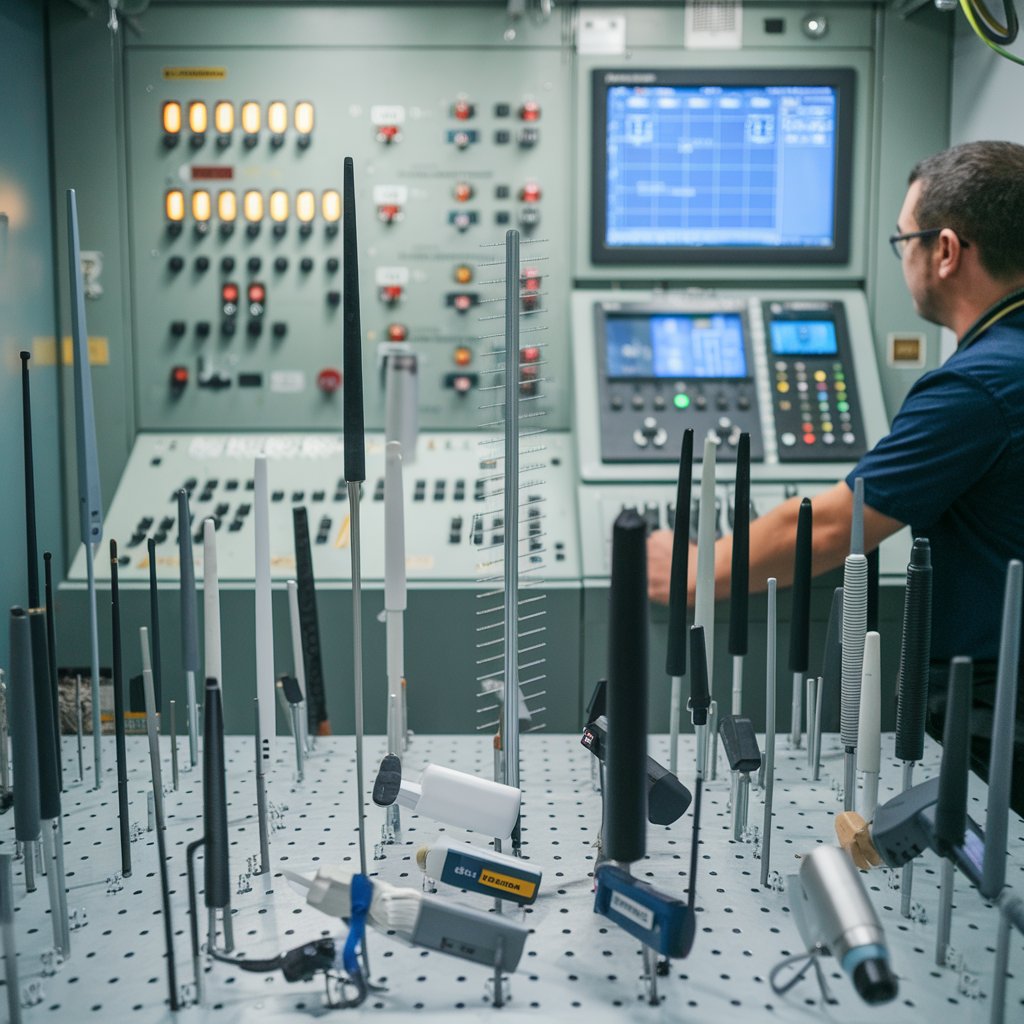As wireless technology becomes the backbone of modern communication, the demand for Over-the-Air (OTA) testing is rapidly intensifying. With the surge in 5G deployments, proliferation of IoT devices, and the evolution of connected ecosystems in automotive, healthcare, and smart homes, OTA testing has transitioned from a niche requirement to a critical industry standard. This growing reliance on seamless, reliable wireless performance is propelling the OTA testing market into a new phase of accelerated growth.
The Role of OTA Testing in a Connected World
OTA testing is the process of verifying the performance of wireless devices in real-world conditions without physical connections. It evaluates how well antennas, transceivers, and wireless systems perform in sending and receiving signals across networks like LTE, 5G, Wi-Fi, Bluetooth, and GNSS. As devices become more compact and integrated, and as network environments become more complex, ensuring antenna efficiency, signal integrity, and compliance through OTA testing is essential.
5G Technology: Redefining the Testing Landscape
The global rollout of 5G has significantly elevated the complexity and urgency of OTA testing. With features like massive MIMO (multiple input, multiple output), beamforming, and operation in millimeter-wave frequencies, 5G devices require far more sophisticated testing environments. Traditional conductive testing methods fall short in capturing the real-world performance of 5G systems, making OTA testing the gold standard for antenna design validation, throughput analysis, and latency testing.
As more industries embrace private 5G networks—from smart manufacturing to connected healthcare—OTA testing will be central to validating and maintaining system performance and compliance with global standards like 3GPP and CTIA.
Download PDF Brochure @ https://www.marketsandmarkets.com/pdfdownloadNew.asp?id=168439990

IoT Proliferation: Scaling Complexity and Testing Demand
The explosion of Internet of Things (IoT) devices across sectors—such as smart meters, wearable health devices, connected appliances, and industrial sensors—has added a massive layer of complexity to wireless testing. Each device operates in varying environments and on diverse network protocols, demanding flexible and scalable OTA testing solutions.
Additionally, power efficiency and network reliability are critical for IoT devices, many of which rely on battery life and are deployed in hard-to-reach locations. OTA testing enables manufacturers to optimize RF performance and ensure robust connectivity under real-world conditions, which is vital for device longevity and user satisfaction.
Automotive Connectivity and V2X Testing
The automotive industry is another major contributor to OTA testing growth. With the rise of connected vehicles, Vehicle-to-Everything (V2X) communication, and autonomous driving systems, ensuring continuous and safe connectivity is mission-critical. OTA testing in this sector verifies not just basic wireless functionality, but also the ability to maintain stable communication across multiple bands and technologies—including cellular, satellite, radar, GPS, and Wi-Fi.
OEMs and Tier 1 suppliers are investing heavily in OTA test chambers and simulation tools to evaluate vehicle connectivity, infotainment systems, and real-time navigation—making OTA a vital part of automotive R&D and safety compliance.
Market Dynamics and Future Outlook
According to industry projections, OTA Testing Industry worth $3.17 billion by 2029 is expected to experience robust growth, driven by increasing device complexity, network convergence, and regulatory mandates. Major players in telecommunications, consumer electronics, automotive, and healthcare are prioritizing OTA validation to improve product quality, reduce recalls, and accelerate time-to-market.
Advancements in AI-based signal processing, virtualized test environments, and remote OTA testing platforms are also enhancing scalability and cost-efficiency, making high-end testing accessible to startups and SMEs as well.
The OTA testing market is no longer just a technical requirement—it’s a strategic enabler in the age of hyper-connectivity. As 5G, IoT, and connected devices become integral to daily life and industry operations, OTA testing ensures that these technologies perform as intended, reliably and securely. Moving forward, organizations that invest in advanced OTA testing infrastructure will be better equipped to deliver superior wireless experiences, ensure regulatory compliance, and stay competitive in an increasingly digital world.
